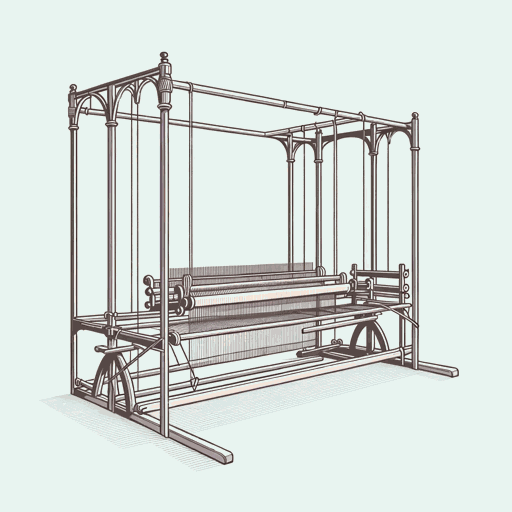58 pages • 1 hour read
E. P. ThompsonThe Making of the English Working Class
Nonfiction | Book | Adult | Published in 1963A modern alternative to SparkNotes and CliffsNotes, SuperSummary offers high-quality Study Guides with detailed chapter summaries and analysis of major themes, characters, and more.
Part 2, Chapters 10-12Chapter Summaries & Analyses
Part 2: “The Curse of Adam”
Part 2, Chapter 10 Summary: “Standards and Experiences”
Chapter 10 returns to the standard-of-living problem introduced in Chapter 6 and highlights some shared experiences among England’s working poor in the early 19th century. The chapter is divided into four subsections: “Goods,” “Homes,” “Life,” and “Childhood.”
Acknowledging the sketchiness of surviving evidence, Thompson uses the first three subsections to illustrate three important aspects of life for working-class people: what they ate and drank, their physical environment, and how long they might expect to live. It is a bleak picture. The ruling class’s history of exploitation includes a deliberate attempt to reduce working people to a potato diet, because this crop is cheaper than wheat. That history also includes “the slums, the stinking rivers, the spoliation of nature, and the architectural horrors” of the Industrial Revolution (321). Furthermore, evidence from Sheffield and Manchester shows that in poor, industrial areas, the mortality rate for children under the age of five exceeded 50 percent.
For the minority of poor children who lived to the age of five, a brutal existence awaited. The chapter’s fourth subsection, decries 19th-century England’s appalling record of exploiting child labor. For centuries, most children worked on farms and in their homes, but they had done so under the supervision of parents and according to the rhythms of a pre-industrial workday.
Featured Collections
British Literature
View Collection
Business & Economics
View Collection
Challenging Authority
View Collection
Class
View Collection
Class
View Collection
Community
View Collection
European History
View Collection
Political Science Texts
View Collection
Politics & Government
View Collection
Power
View Collection
Sociology
View Collection
SuperSummary Staff Picks
View Collection
The Best of "Best Book" Lists
View Collection

